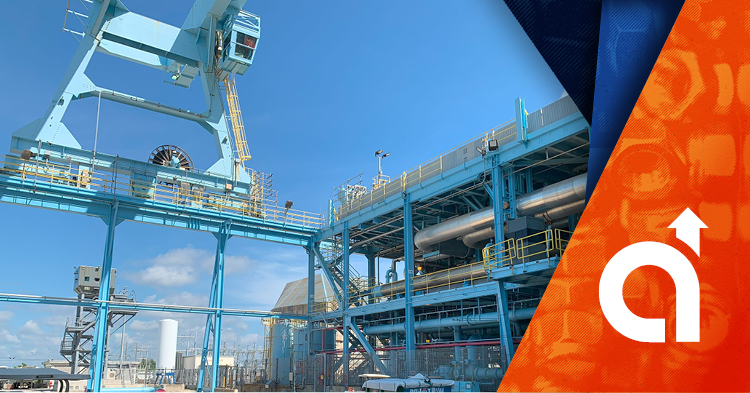Every system in a nuclear power plant has one job — to keep operations safe, stable, and online.
Turbine cranes might not be the flashiest part of that system—but they’re one of the most essential. These heavy-duty cranes, designed specifically for the demands of power generation facilities, don’t just lift equipment — they help keep plants efficient, responsive, and prepared, which directly supports the ultimate goal of maximizing downtime.
Supporting Efficiency from the Top Down
Turbine cranes are involved in some of the highest stake moves inside a nuclear plant. They handle large, sensitive, and often extremely heavy components like turbine rotors, casings, and generators. With the ability to position these components precisely, turbine cranes help crews work more efficiently during both regular operations and maintenance.
They also allow for faster turnaround during inspections, enabling teams to access hard-to-reach systems without major disruptions. The right crane setup can cut down on labor hours, reduce the need for secondary equipment, and streamline workflows—resulting in less idle time across the board. Of course, that kind of performance depends on the right engineering—because in nuclear environments, reliability isn’t optional.
Built for Uptime, Not Just Lifting
Turbine cranes in nuclear facilities are engineered with performance and resilience in mind. These cranes often handle loads exceeding 200 tons and are equipped with redundant hoist and travel drives to prevent single-point failures that could disrupt operations. Precision is key, so features like micro-speed control and variable frequency drives are integrated to allow smooth, controlled movement, especially when maneuvering oversized or delicate equipment.
To support oversized or offset loads, heavy-duty trolley systems are typically built with multiple girder configurations. Many systems also include anti-sway technology and real-time load monitoring, helping operators position components safely and accurately. In some facilities, turbine cranes are constructed with seismic tolerance and radiation-resistant materials to meet site-specific requirements. These technical features aren’t just about lifting power—they’re about ensuring uptime, reliability, and safety in one of the most highly regulated environments in the energy sector.
Streamlining Planned Outages
Of course, even the most reliable systems need to be shut down for maintenance. That’s where turbine cranes take center stage. During a planned outage, these cranes handle the removal and reinstallation of core components. A well-functioning crane can shave days off a maintenance window—which translates into faster returns to operation and reduced lost revenue.
Outage work is complex, time-sensitive, and depends on everything going right. Turbine cranes play a central role in keeping that process on track by allowing teams to move equipment swiftly and safely, minimizing delays and avoiding last-minute surprises.
Essential to the Bigger Picture
More than just equipment, turbine cranes are foundational to a plant’s ability to stay responsive, safe, and adaptable. Their long-term value lies not only in their mechanical power, but in how well they integrate into a facility’s broader maintenance and reliability strategy.
Their presence might be quiet, but their impact is anything but. When uptime matters—and in nuclear, it always does—turbine cranes are a key part of the solution.
Contact Us Today
At American Crane, we know uptime is critical—especially in nuclear facilities. That’s why we design and build turbine cranes engineered for precision, reliability, and safety in the most demanding environments. Whether you’re managing a planned outage or upgrading aging equipment, our cranes help streamline maintenance and keep your operations on track.
Reach out to our team today to discuss how the right crane setup can support your operations, streamline maintenance, and keep your facility running smoothly.


